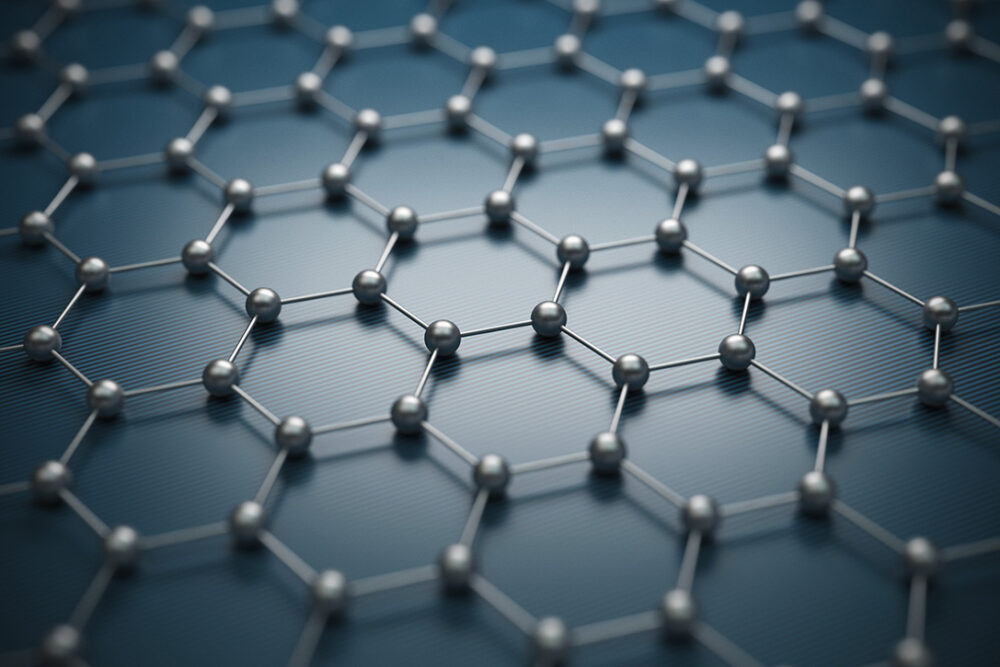Graphene, hailed for its unparalleled strength and flexibility, prompts an intriguing inquiry: Would this remarkable material retain its extraordinary properties if subjected to stacking? As we delve into the intricacies of graphene’s structural characteristics and the implications of stacking, we encounter a myriad of scientific principles interwoven with theoretical challenges.
Graphene is a single layer of carbon atoms arranged in a two-dimensional lattice, exhibiting exceptional mechanical strength—approximately 200 times that of steel. This remarkable strength arises from the covalent bonding between the carbon atoms, which enables the lattice to withstand substantial amounts of stress without failing. However, when considering the effect of stacking multiple layers of graphene, it becomes imperative to explore not only the physical mechanics involved but also the resultant interlayer interactions.
Stacked graphene layers form what is commonly referred to as “graphite.” While graphite retains some properties of graphene, it exhibits marked differences, particularly in strength and electrical conductivity. This naturally leads us to ponder whether the stacking process eclipses the inherent advantages of graphene.
Firstly, let’s investigate the mechanical properties associated with stacked graphene. When multiple layers of graphene are brought together, they do not simply adhere to one another as might be expected. The interactions between adjacent layers are governed by van der Waals forces, relatively weak compared to the covalent bonds present within the individual graphene sheets. This raises a pivotal question—do these weaker interlayer bonds compromise the overall structural integrity of stacked graphene?
Research indicates that the layer’s orientation plays a crucial role in defining the mechanical properties of stacked graphene. When layers are perfectly aligned, they can exhibit enhanced mechanical strength. However, any misalignment can lead to compromised structural strength, highlighting the sensitive nature of the material’s integrity when stacked. Subsequently, the strength of the material depends significantly on the degree of alignment between the layers.
Moreover, as we consider stacking, intriguingly, the flexibility of graphene becomes a double-edged sword. While individual graphene sheets can bend and stretch significantly, the stacking process inherently limits the freedom of movement among the layers. This rigidity could potentially introduce defects or weak points, detracting from the cumulative strength of the entire structure.
Another critical aspect to ponder pertains to the phenomenon of stacking itself: how does it affect graphene’s electrical properties? Graphene is not only revered for its strength but also for its superior electrical conductivity. However, when layers of graphene are stacked, the electronic properties can undergo a transformation. The energy bands of the electrons in the stacked arrangement can interact differently, leading to variations in conductivity. Such changes introduce yet another layer of complexity to our understanding of graphene’s behavior when stacked.
At this juncture, it becomes essential to address one of the most thrilling implications of stacking—superlattice formation. When graphene sheets are stacked in specific orientations, they can create superlattices, which have unique electronic properties and functionalities. Such arrangements may lead to the emergence of novel materials that could hold transformative potential for applications in nanotechnology and materials science.
Nonetheless, this exploration leads us to confront the fundamental challenge: can we meticulously control the stacking process to harness the properties of graphene without compromising its strength? Undoubtedly, achieving precise supervision over the intermolecular interactions during the stacking process is exceedingly challenging. Variability in temperature, pressure, and environmental conditions can introduce defects and reduce the overall material performance.
Importantly, addressing the practicalities of stacking graphene layers inevitably circles back to manufacturing techniques. Techniques such as chemical vapor deposition (CVD) and liquid-phase exfoliation allow for the production of high-quality graphene films, but the subsequent stacking requires a seamless methodology to prevent contamination and preserve integrity. Innovations in the fabrication industry must persist if we aspire to exploit graphene’s potential without inducing structural weaknesses through stacking.
In conclusion, while graphene indeed possesses remarkable strength as a singular entity, the stacking of graphene layers introduces a complex interplay of mechanical, electrical, and structural factors that warrant careful consideration. The continued study of this materials science curiosity reveals that the potential for stacked graphene to retain its legendary properties does exist, but it is contingent upon meticulous execution and understanding of the governing principles. The challenge remains to manipulate these stacked structures to uncover new applications while navigating the intricacies of material science. As research progresses, one can only wonder: what novel advancements lie in wait as the mysteries of stacked graphene continue to unfold?












